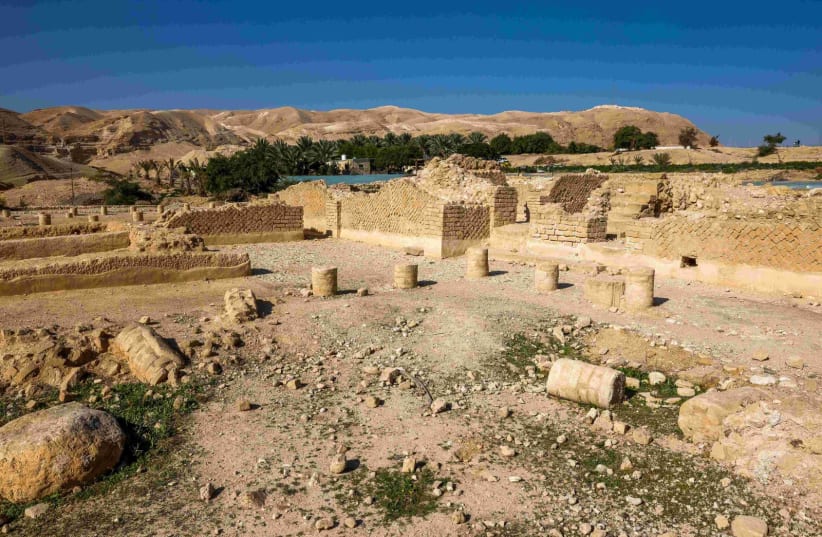Last month, Prime Minister Benjamin Netanyahu defied international calls by sending Israeli troops into Rafah, a key Hamas stronghold, leading to the displacement of over a million Palestinians. The current conflict is a stark reminder of the longstanding and complex history that has shaped this area over millennia.
Ancient and Byzantine periods
Jewish presence in Rafah dates back to the Hasmonean era (167–63 BCE) when King Yannai Alexander of Judea conquered the town. Rafah remained under Jewish control until the Roman general Pompey the Great captured it in 63 BCE, according to an article written by Brandon Marlon in 2023.
According to the Jewish Virtual Library, Rafah was noted in significant works such as Strabo's Geographica and the Oxyrhynchus Papyri during the Roman period, highlighting its prominence in the region.
In the Byzantine era, Rafah became an episcopal see and was represented at the Council of Ephesus in 431 CE. The town's importance is further underscored by its depiction on the Madaba Map from the mid-sixth century, showcasing its role in regional trade and religious life.
Geonic period and Medieval times
According to the Jewish Virtual Library and a study by Fordham University, the Geonic period (c. 600–1050 CE) saw a flourishing Jewish community in Rafah, particularly prominent in the 9th and 10th centuries.
Despite facing declines around 1080, when many Jews migrated to Ashkelon, the community experienced a resurgence in the 12th century. Liturgical poems from this time reference the Jewish community in Rafah, although scholarly debates continue regarding the extent and continuity of this presence.
During the medieval period, the Jewish community in Rafah was part of a broader network of Jewish settlements in the region. Notable medieval rabbis, such as Rabbi Tzedaka Halevi, contributed to the community's spiritual and intellectual life. Historical records from the Cairo Geniza, a trove of Jewish manuscript fragments, provide evidence of correspondence and legal disputes involving the Jewish community in Rafah.
Ottoman period and early modern era
Under Ottoman rule, Rafah's Jewish community engaged in various economic activities, including agriculture and trade. According to EBSCO; Oxford University Press, the early modern period saw continued Jewish presence, although the community faced challenges from changing political dynamics and regional conflicts.
In the early 20th century, Zionist groups and the Jewish community in the Land of Israel attempted to settle in Rafah. Despite limited success due to political and social obstacles, these efforts highlight the enduring connection of Jews to the region.
British Mandate and modern period
During the British Mandate period, Jewish leaders and community members were confined in detention camps in Rafah. The geopolitical changes following Israel's War of Independence and subsequent conflicts further complicated Jewish settlement in the area.
The Sinai Campaign of 1956 saw Israel briefly control Rafah, only to withdraw the following year. Rafah was recaptured during the Six-Day War in 1967.
Still, geopolitical agreements led to Israel's withdrawal from the Sinai Peninsula in 1982, which included the division of Rafah between Egyptian and Gazan territories.

